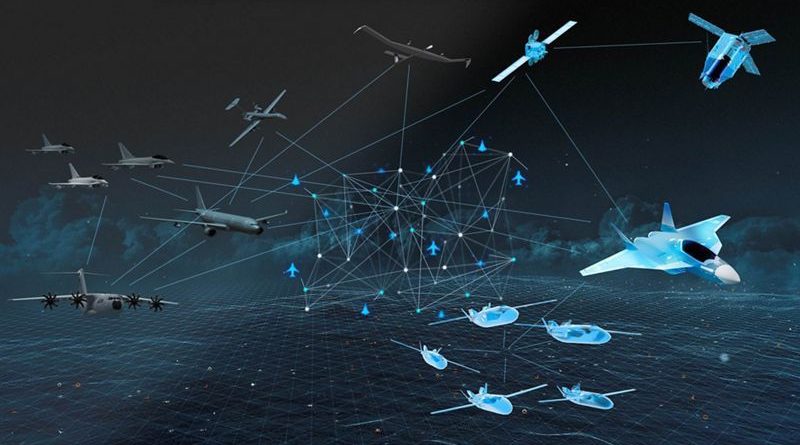
Why is the aerospace & defence ecosystem the right level for the industrial strategic autonomy?
Achieving strategic autonomy while preserving an open economy is a key objective of the Union. The Covid-19 pandemic has demonstrated how important it is for European governments, businesses and citizens to remain independent in areas identified as strategic to ensure diversity of production & supply chain, foster production, jobs and investment in Europe.
Technological sovereignty is one way, outlined in the new industrial strategy for Europe, to reach this (industrial) strategic autonomy goal. If the development of an EU autonomy in the space sector and of a more integrated defence industrial base are considered as critical technology areas in this context, aeronautics is still not considered as such.
Europe urgently needs to act now to consider Aerospace & Defence in a holistic manner to keep its leadership and avoid losing its edge against two superpowers that are both seeking supremacy in this sector.
Cross-fertilization between aeronautics, space & defence is of the essence. All stake- holders in the sector are active in both civil and defence sectors, with so-called “dual use” products, software and technology. Industries such as aviation, electronics, transport and space have benefited significantly from the technological solutions first developed in the defence sector. Today this relationship goes both ways, with innovative high-tech products also flowing back into the defence sector from the civil industry. Technologies at the heart of the geopolitical competition between the US and China are being developed commercially, not just militarily. Innovation spills over from one part of the business to another, as well as outside of the defence industry, contributing to the wider economy. Europe today stands to benefit from the combined excellence of the various parts of its aerospace & defence base.
For the US, the technological race with China is about maintaining an economic and militaristic edge against a systemic rival in a battle that could have societal implications. Europe is rightly not following the exact same approach. But enhancing Europe’s technological leadership and strategic autonomy will require a strengthening of its industrial and innovation capacity as well as investment in human capital and skills – especially in strategic ecosystems like aerospace & defence – to cope with this new geopolitical outlook.
It is important for the EU to develop, deploy adequate digital capacities and infrastructure to support the sector’s digital & green transition.
The Defence industry is recognized as critical for Europe’s ability to act independently and decisively in the realm of defence and security, while the space industry guarantees Europe’s access to space. As for aeronautics, industrial strategic autonomy goes with leading the Green revolution globally. It is capable of being at the cutting edge of technology leadership to address Green Deal ambition for Europe to be the first climate neutral continent by 2050. The aeronautics sector has multiplied its efforts throughout the years to drive and accelerate a transition of the air transport system towards climate neutrality. It continues to innovate and is currently working on novel concepts, including hydrogen, hybrid technology, electrification, to name a few.
Aerospace & Defence as a whole can help Europe become more sustainable, more competitive globally and more resilient. The sector is capable of uniting Europe around structural projects contributing to its strategic autonomy. It is a symbol of Europe that works, making people dream around space, sustainable smart cities, manufacturing satellites, aircraft, and engines. It can foster a renewed European ambition linked with innovation, new technologies. A new “raison d’être” for Europe, to cultivate hope and pride.




